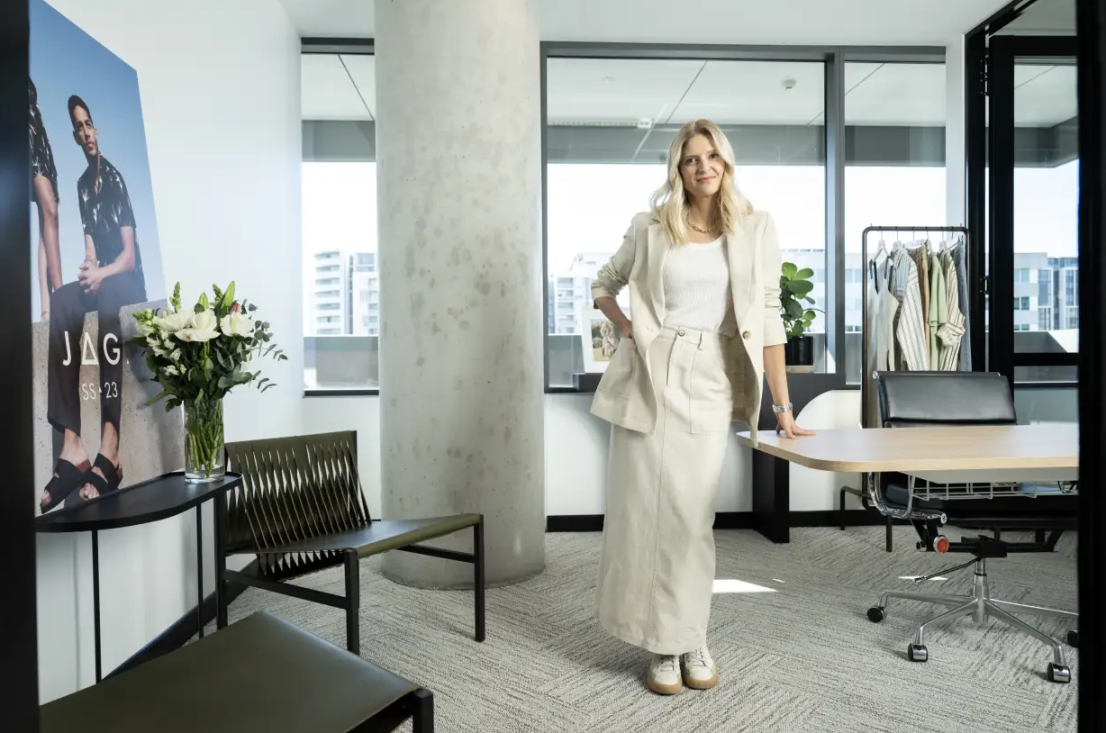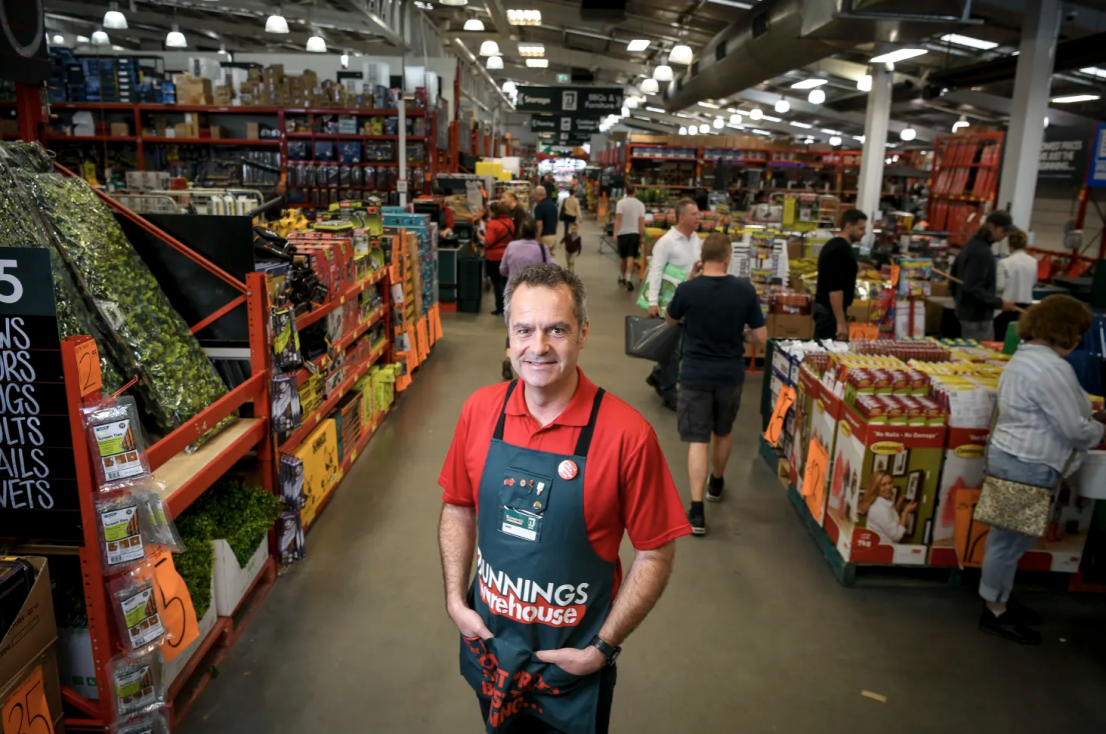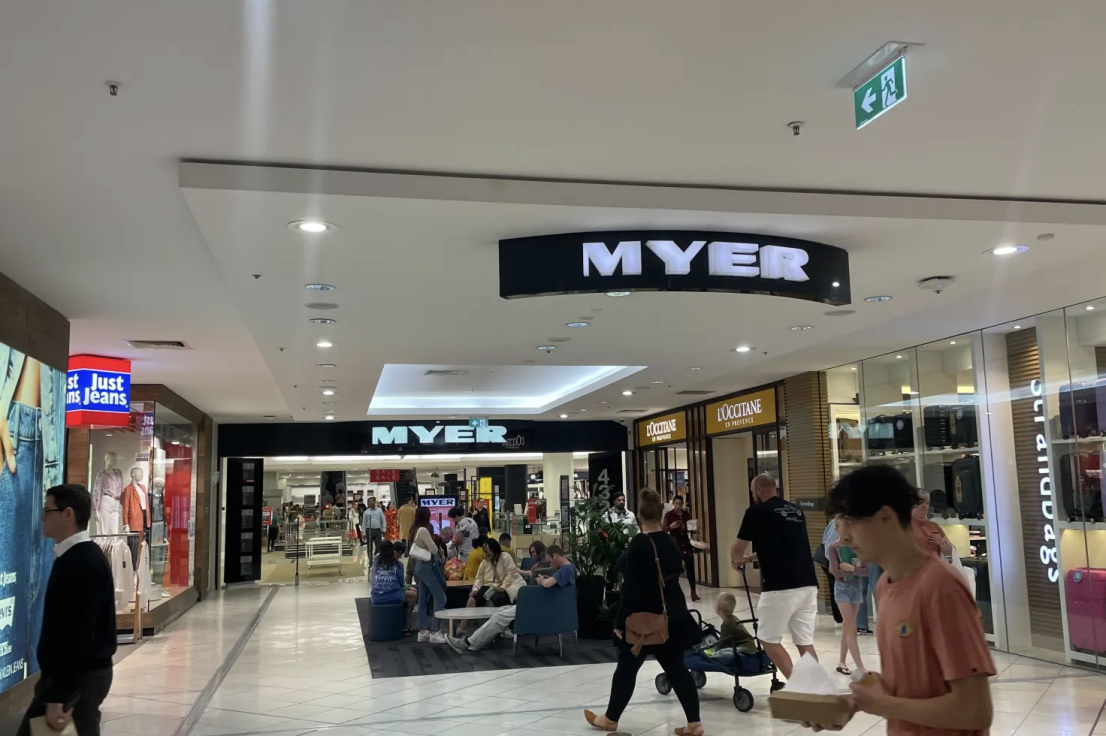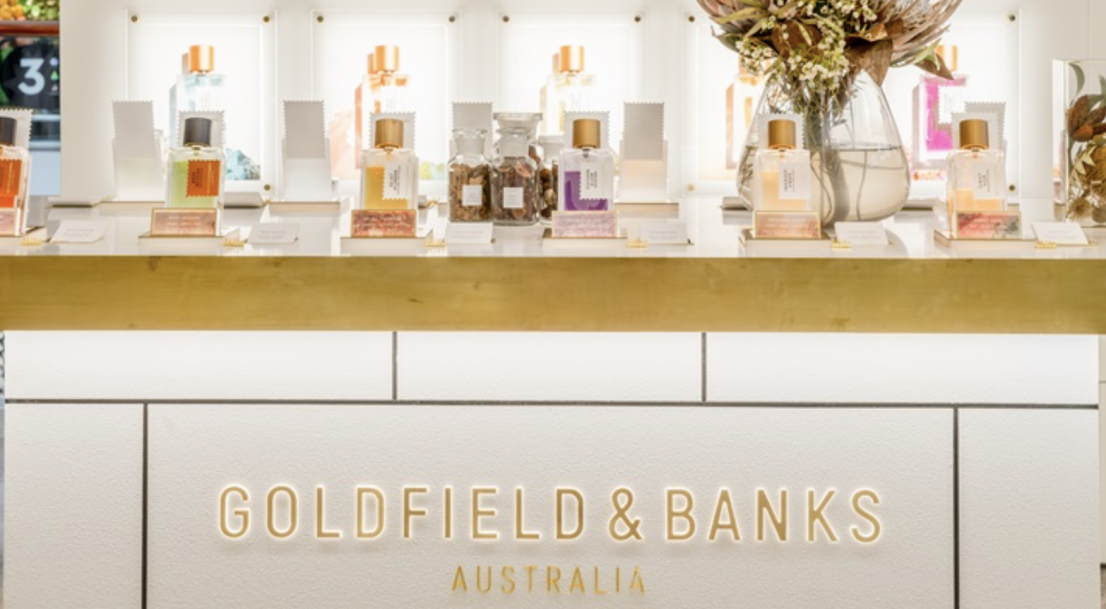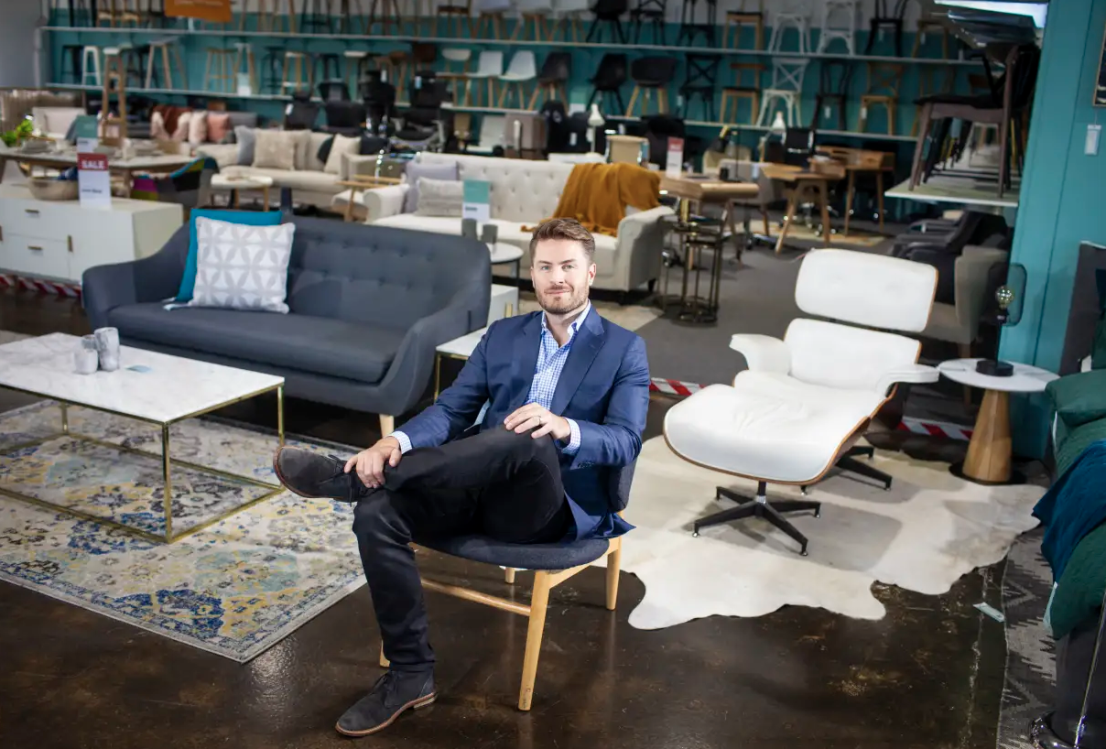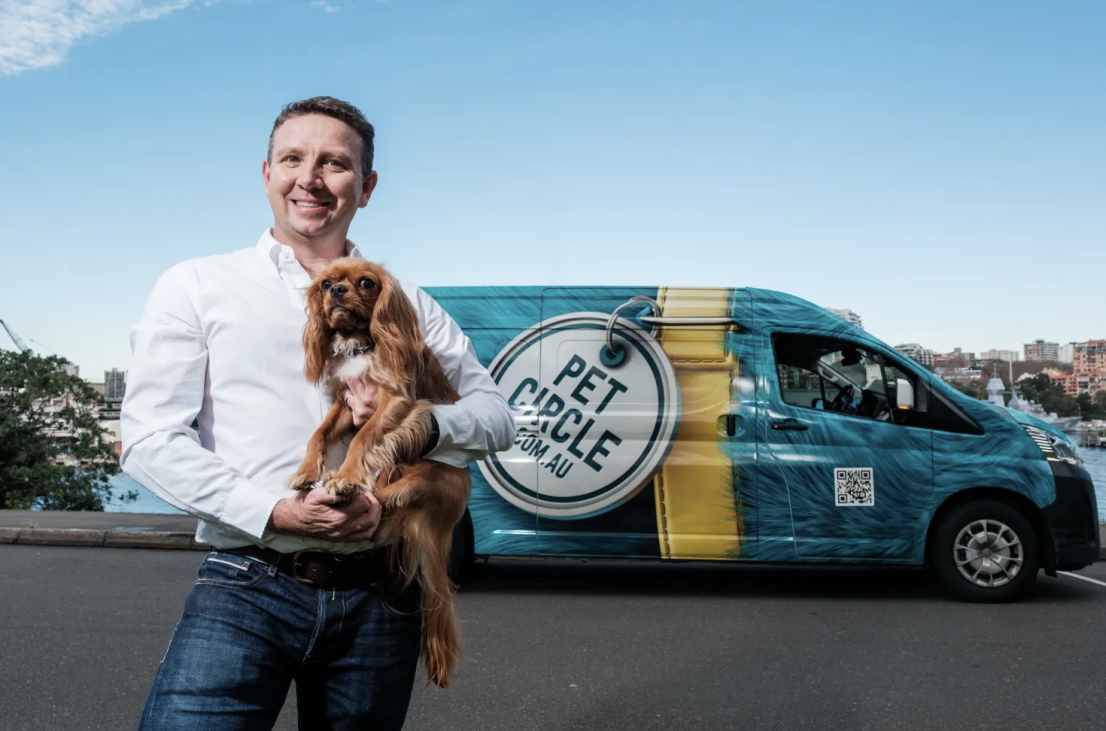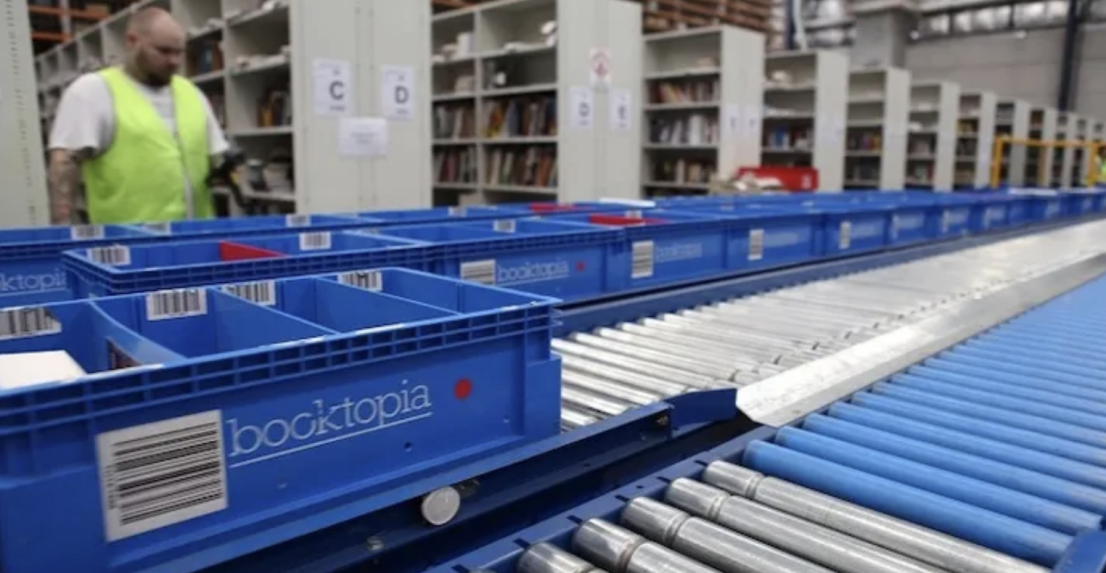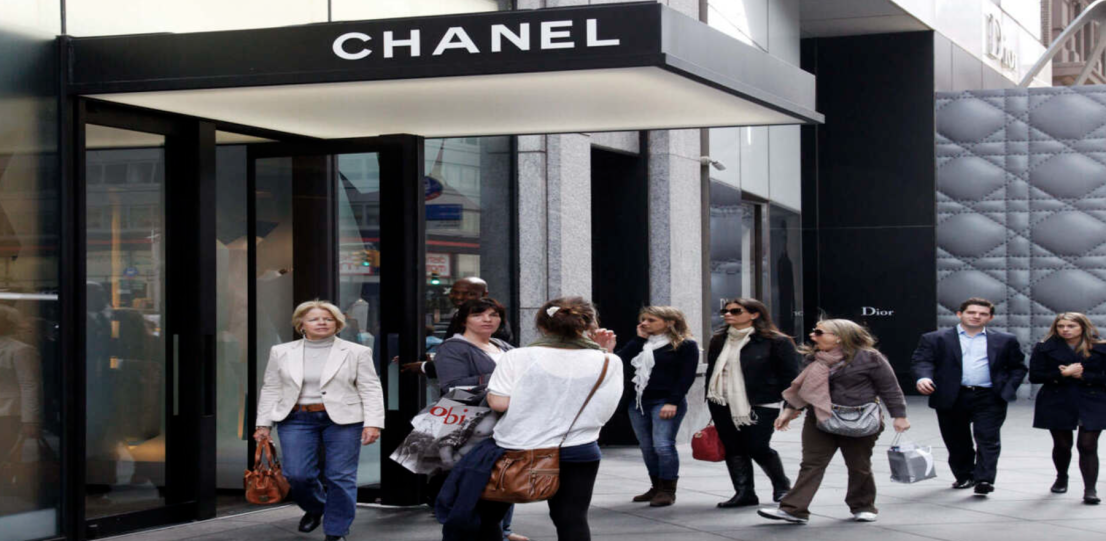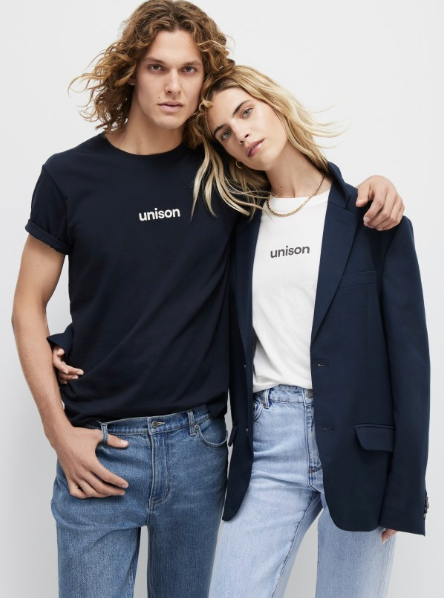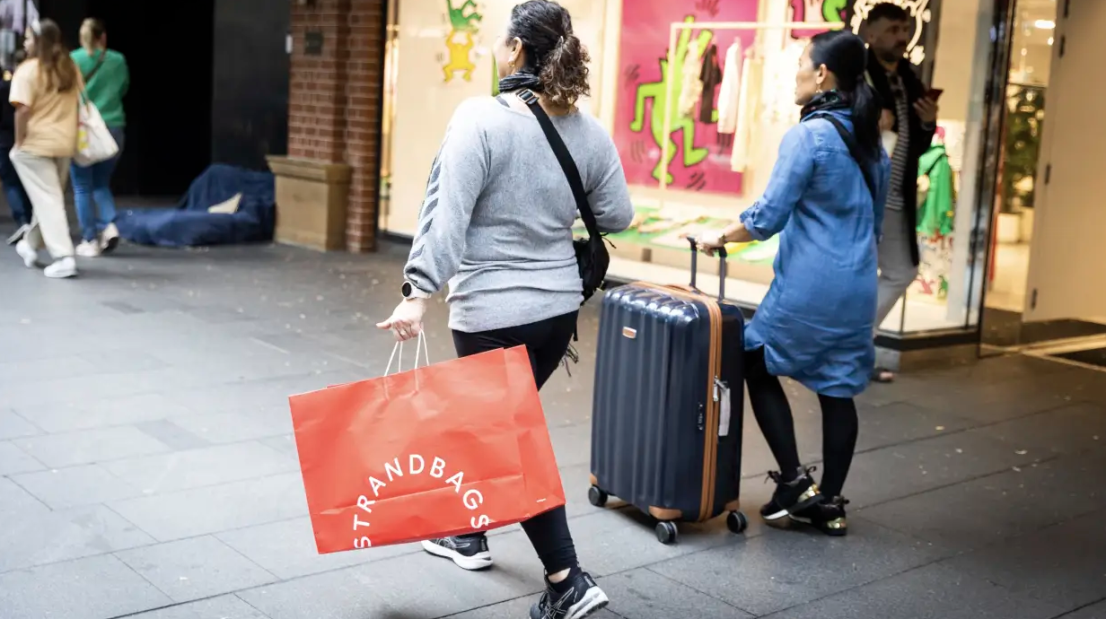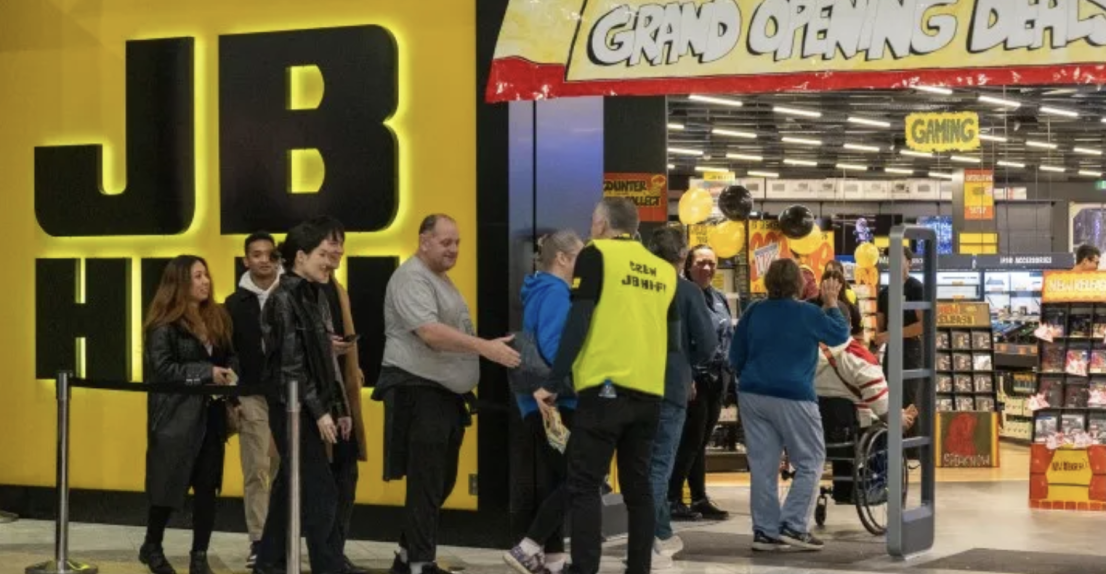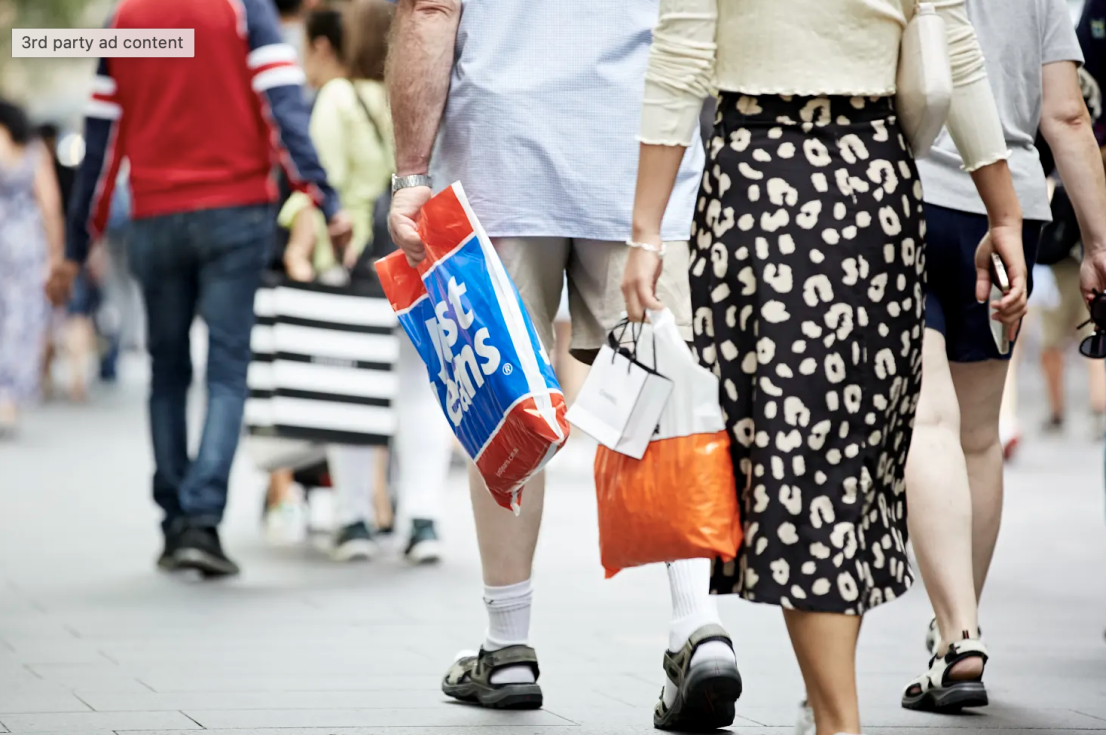
The administrators of interior and homewares business Fenton & Fenton are looking to find a buyer for the popular brand, which has axed nearly 60 workers and left some customers hundreds of dollars out of pocket.
The Melbourne-based business, founded by Lucy Fenton in 2008, sold eclectic furniture, homewares and art. It had showrooms in Prahran and Collingwood in Melbourne, as well as an online store, which has been replaced with a notice announcing it has appointed Ernst & Young (EY) as liquidators.
EY turnaround and restructuring leader Adam Nikitins said he and fellow administrator Stewart McCallum were still assessing the business but noted it had a loyal online customer base. Fenton & Fenton has a combined 428,000 followers on Facebook and Instagram.
Nikitins said he and McCallum were reaching out to impacted customers but confirmed some who made orders may not receive a refund unless they are a creditor.
“Customers will not be able to recover payments for unfulfilled orders other than through participating in any dividend in the winding up,” he told this masthead.
“There may be limited circumstances in which customer orders will be fulfilled where title to stock has already passed to a customer. The law in this area is complex and requires a specific fact pattern to be in place in order for orders to be completed. The liquidators have established a call centre to reach out to potentially impacted customers in order to accelerate the understanding and resolution of these matters.”
Customers who have outstanding credit or gift cards will not be remunerated.
“Regrettably, gift card customers will not be in a position to redeem their gift cards. Gift cardholders should make a claim as unsecured creditors in the Fenton & Fenton liquidation.”A number of customers took to Fenton & Fenton’s most recent Facebook post to query whether they would be refunded for their orders or outstanding credit. Fenton & Fenton was posting on social media as recently as Monday. It appears comments have been disabled on its Instagram account.
Nikitins said the business, which he described as “in a state of stasis”, ceased trading and terminated 58 employees on Wednesday afternoon. He said a number of interested parties had already reached out about buying the business.
“There’s been strong interest in the brand, intellectual property, the trademark and the database, so we’re pulling together necessary information to respond to those parties who have expressed interest in purchasing that,” he said.
The administrators will also assess Fenton & Fenton’s inventory and the “most appropriate form” to realise its value “for the benefit of creditors”. “We’re exploring all avenues and options available for us,” they said.
Depending on the interest, the business may be sold in its entirety, which would save the jobs of 58 employees, or in a piecemeal manner.
“There is a connection with the brand that could be enlivened if all parties were willing and able,” Nikitins said.
Lucy Fenton is the sole director of the business and has been contacted for comment.
Rising interest rates and operating costs including fuel, rent, and utility bills have put households and businesses under pressure, pushing up the number of expected insolvencies.
Entrepreneur Irene Falcone recently appointed administrators for her non-alcoholic drinks business, while chocolate maker Ernest Hillier collapsed for a second time in late June.
The shock collapse of popular wedding dress boutique The Bridal Atelier left brides-to-be across Australia stranded without their dresses, while weight loss company Jenny Craig folded in May.


